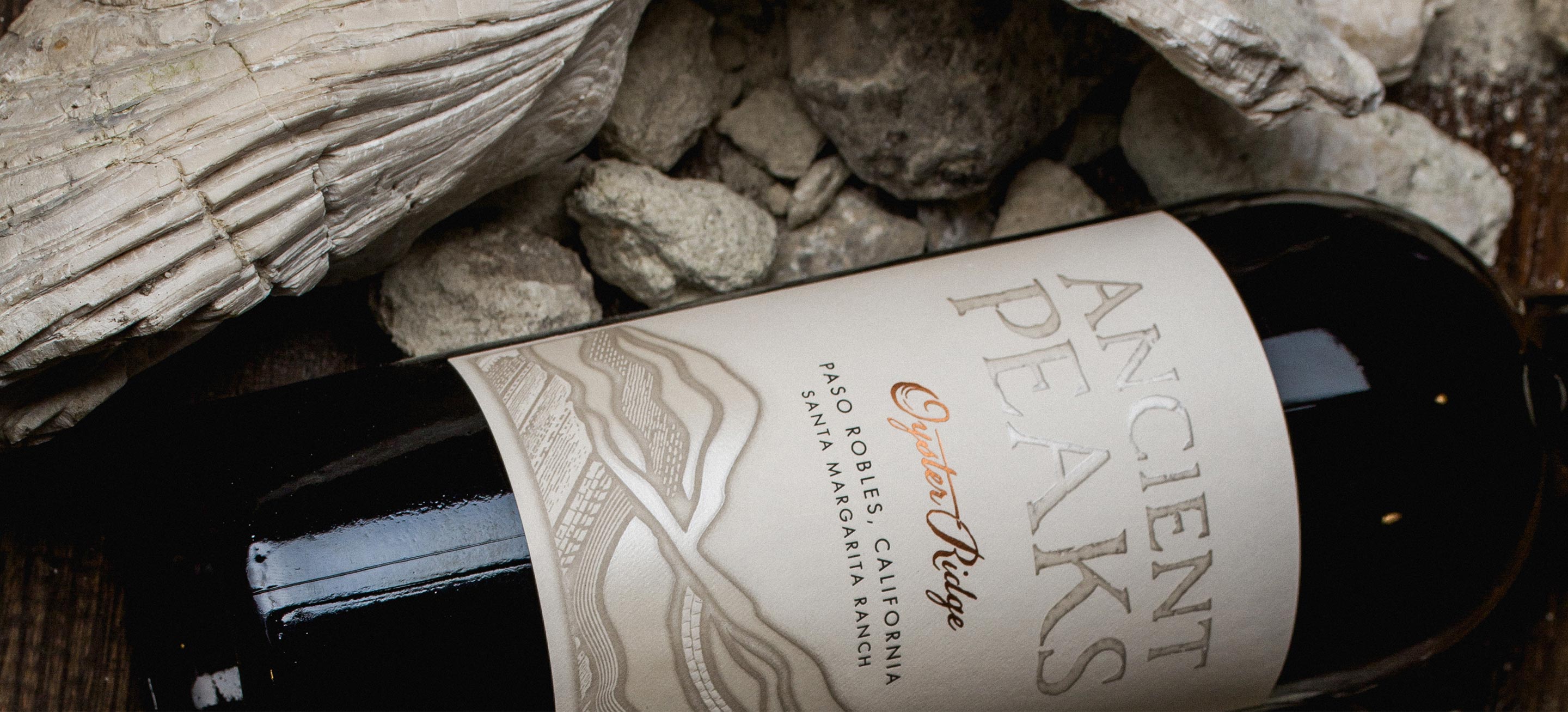Are you ready to delay gratification and reap the rewards of patience? If so, it’s time to lay down some bottles of Ancient Peaks and savor the experience of a well-aged wine.
On that note, we caught up with Winemaker Stewart Cameron to get his personal insights on cellaring Ancient Peaks wines—and we’ve also added some rules of thumb, too.
So put down the corkscrew, re-stock the cellar and enjoy what comes next!
How avid are you when it comes to cellaring wines?
Stewart: I’m like most people: I like the results—I don’t like waiting!
At home, we have a wine storage refrigerator that holds up to six cases. My father has a larger wine cellar, and together we have a pretty serious collection of Ancient Peaks wines that I can draw from. And, of course, at the winery we have a robust library that we use for retrospective tastings and evaluations.
It’s always fun to go back in time to revisit a wine you made. They’re like children, you generally know what to expect as they mature, but they’re full of surprises, too.
What Ancient Peaks wines do you like to lay down for aging?
Stewart: Certainly, Oyster Ridge is my go-to Ancient Peaks for cellaring. That is a wine that we specifically craft to stand the test of time, from the way it’s grown to the barrel selection. It has the acidity, tannin structure and layered flavors that give a wine great aging potential.
Second on my list would be any of our Cabernet Sauvignons, especially from cooler vintages like 2010 and 2011. Both of those vintages are tasting really great right now, mostly due to the fact that they had a lot of natural acidity as a result of the cool growing conditions.
Another one is our whole-cluster Syrah, which typically ages well due to the added tannins that come from stem inclusion.

How about white wines?
Stewart: Honestly, I haven’t done a deep dive on aging our whites. But we just revisited our 2018 Chardonnay, and it was tasting really well, with the tertiary aromas that you only get from aging.
As a rule of thumb for aging whites, you have to have great acidity to start or they will fall apart within a few years. Our whites tend to have a lot of natural acidity by default, so you can expect them to hold their own, especially if you find those tertiary characters appealing in your white wines.
BONUS: The Four Pillars of Wine Cellaring
Even if you don’t have a tricked-out wine cellar, you can still take basic steps to protect the longevity of your precious bottles. Here are four essentials to keep in mind:
Temperature
Temperature is crucial to effective cellaring. Aim for an ideal storage temperature of around 55 degrees. If you don’t have access to a temperature-controlled cellar or storage cabinet, find a cool closet or basement space where temperature fluctuations are minimal.
Light
Overexposure to light—natural or artificial—can cause wine degradation. Store bottles in a dark place without frequent fluctuations in light exposure.
Position
Store bottles horizontally on their side. If left upright, the cork may dry out, allowing ingress of air that will accelerate wine oxidation.
Humidity
Aim for an ideal storage humidity of 50 to 70 percent. This is easier said than done for those without a professional storage solution. At the very least, aim to avoid ultra-dry environments, including standard kitchen refrigerators.